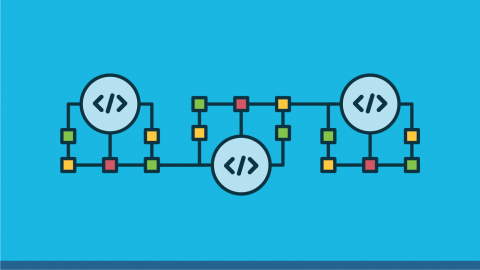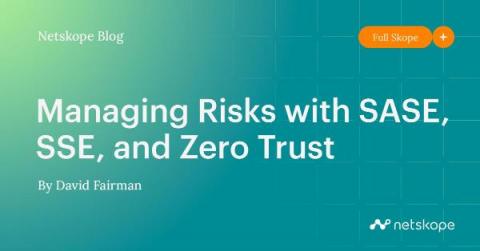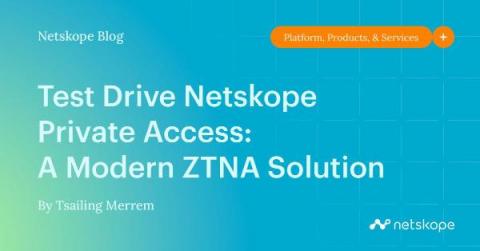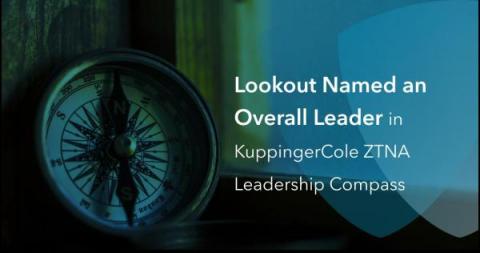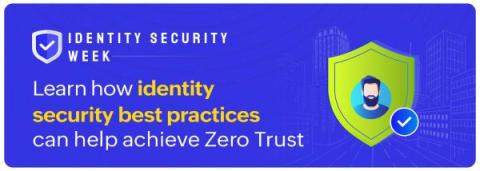Security | Threat Detection | Cyberattacks | DevSecOps | Compliance
Zero Trust
How to Establish a Zero Trust IAM Framework
Enterprises cannot implement Zero Trust cybersecurity without real-time dynamic authorization and authentication for every access request. The principles of Zero Trust and Identity and Access Management (IAM) best practices help fill the gaps that traditional cybersecurity systems often create and ignore.
Managing Risks with SASE, SSE, and Zero Trust
In the first part of this blog series, I took a look at how an understanding of digital strategy and digital risk is key to starting a security transformation journey. In this post, I am digging further into how a secure access service edge (SASE) architecture with security service edge (SSE) capabilities and zero trust principles can help mitigate the types of digital risk I outlined in part one.
Test Drive Netskope Private Access: A Modern ZTNA Solution
We are pleased to announce that Netskope Private Access (NPA) is now available to test drive, meaning you can experience a truly modern zero trust network access (ZTNA) solution firsthand with no commitment and no software to download or install. Selecting and implementing the right ZTNA solution is a crucial part of the SASE journey, and our goal is to make your process of evaluating Netskope Private Access as easy as possible.
Zero Trust: Key challenges, benefits and how it works
Zero trust is a security approach which replaces the traditional network edge. Since network resources can be anywhere – on-premises, in the cloud, or a hybrid of both – zero trust is built towards an identity-centric approach. This places people and resources at the heart of the security architecture.
On The Road to Zero Trust Maturity? Take the Quiz!
Every single blog you read on cybersecurity has at least one mention of the Zero Trust approach to cybersecurity (even this one 😊). Alas, don’t consider that Zero Trust is yet another hyped word that will soon vanish into thin air. Zero Trust, originally dubbed more than a decade ago, came up as a necessity to defend systems, networks, data and people against the increasing sophistication of attackers that rendered implicit trust a vulnerability.
Lookout ZTNA Named an Overall Leader in KuppingerCole Leadership Compass
Zero trust, if implemented well, is recognized by the industry as the best way to support remote and hybrid work, especially as workers everywhere connect to SaaS applications to stay productive. But securing an entire organization goes way beyond SaaS apps. Legacy apps running on-premises or in private clouds are still critical for many organizations, especially for those who have made hefty investments in storage and network appliances to support these important applications.
A Zero Trust approach to identity security
Zero Trust is the term for an evolving set of cybersecurity paradigms that moves an organization’s defensive measures from static, network-based perimeters to instead focus on users, assets, and resources. It is a security mindset where every incoming connection is treated as a potentially malicious request until explicitly verified. This concept was introduced by John Kindervag, one of the world’s foremost cybersecurity experts, and emphasizes three principles.
WEF Report Details Best Practices for Zero Trust Deployment
Cybersecurity, like broader technological disciplines, is an ever-changing landscape that industry professionals must adapt to. The zero-trust model of cybersecurity has grown recently as organizations update their security practices to keep pace with, and stay ahead of evolving threats. Zero Trust Network Access (ZTNA) increased by 230% from 2019 to 2020, and more than 80% of C-suite leaders cite zero-trust as a priority for their enterprises.
Getting started with Zero Trust: What you need to consider
Have you ever walked up to an ATM after another person finished with the machine only to find they left it on a prompt screen asking, “Do you want to perform another transaction?” I have. Of course, I did the right thing and closed out their session before beginning my own transaction. That was a mistake an individual made by careless error which could have cost them hundreds of their own currency.



